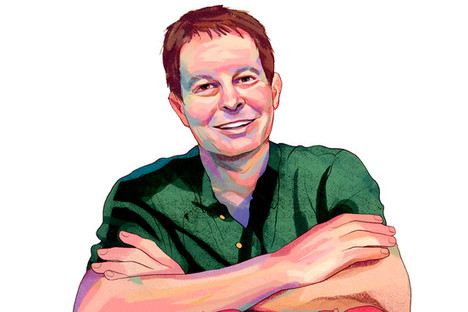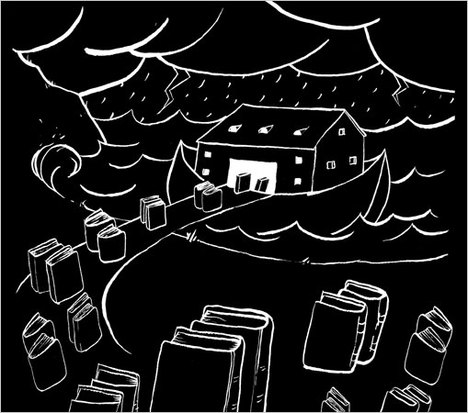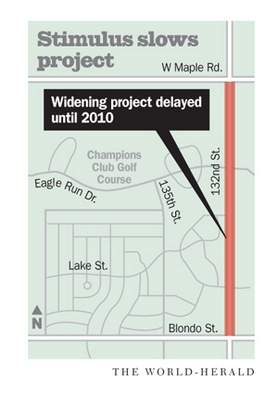 “A man walks past a tire store in Beijing on Sunday. A new U.S. tariff on Chinese tires could lead to shortages in the lower-cost-tire market segment as retailers scramble to find alternative sources in other countries.” Source of caption and photo: online version of the WSJ article quoted and cited below.
“A man walks past a tire store in Beijing on Sunday. A new U.S. tariff on Chinese tires could lead to shortages in the lower-cost-tire market segment as retailers scramble to find alternative sources in other countries.” Source of caption and photo: online version of the WSJ article quoted and cited below.
(p. A3) Consumers who buy low-price Chinese tires — the bulk of the tires China exports to the U.S. — will be hit hardest by the new tariff, as shortages in this market segment cause retailers to scramble to find alternative sources in other countries.
The tariffs, which apply to all Chinese tires, will cut off much of the flow of the more than 46 million Chinese tires that came to the U.S. last year, nearly 17% of all tires sold in the country.
The low end of the market will feel the impact of the tariff most, as U.S. manufacturers, who joined the Chinese in opposing the tariffs, have said it isn’t profitable to produce inexpensive tires in domestic plants.
“I think within the next 60 days you’ll see some pretty significant price increases,” said Jim Mayfield, president of Del-Nat Tire Corp. of Memphis, Tenn., a large importer and distributor of Chinese tires. He estimates prices for “entry-level” tires could increase 20% to 30%.
For the full story, see:
TIMOTHY AEPPEL. “Tariff on Tires to Cost Consumers; Higher Prices Expected at Market’s Low End, Where China Focuses Its Exports.” The Wall Street Journal (Mon., SEPTEMBER 14, 2009): A3.
(Note: the online version of the article has the date Tues., Sept. 15.)






